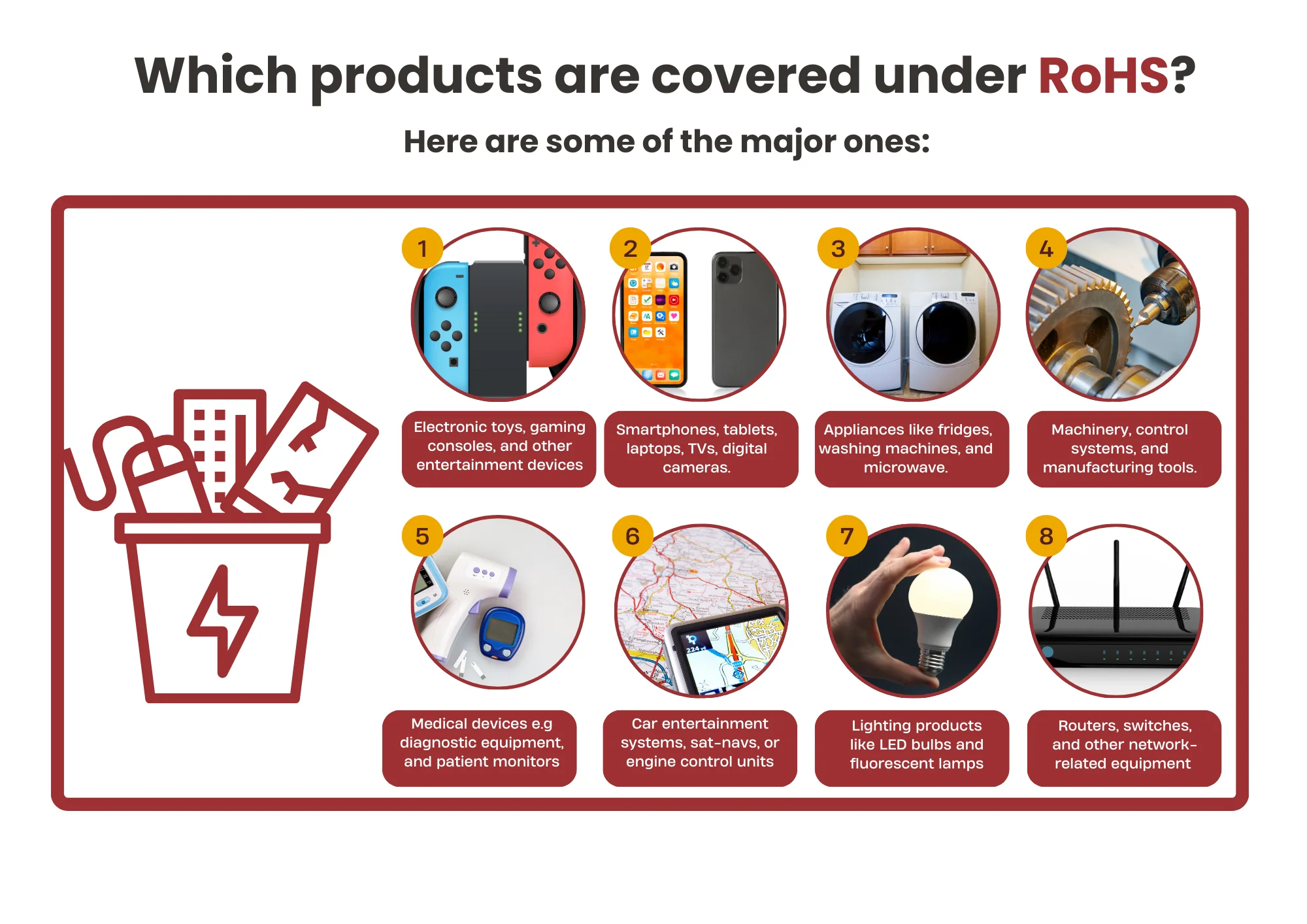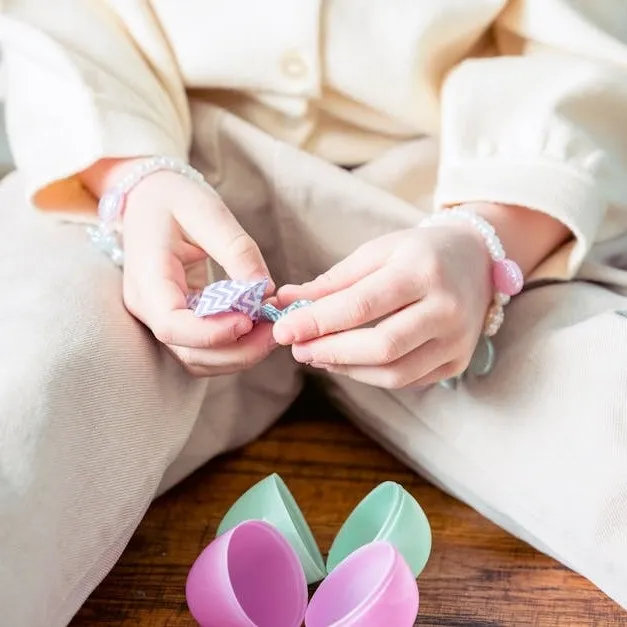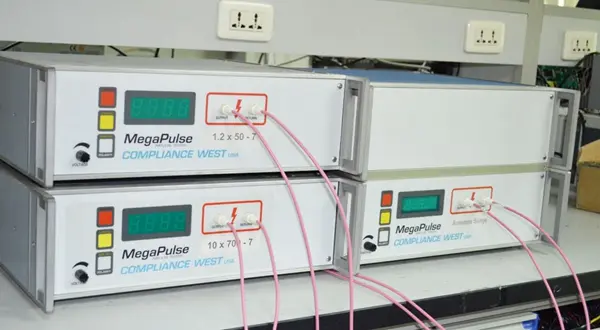
What is the EU RED Directive?
Introduction to the EU RED Certification
The 1999/5/EC directive had been in place for many years, but it no longer met the needs of current products. In fact, the EU had already started drafting a new directive in 2007, but the progress was slow. In 2011, another draft was submitted to the EU Commission, and finally, on May 22, 2014, the EU officially published the new Radio Equipment Directive (RED) 2014/53/EU. This directive was based on the EU's new CE framework resolution 768/2008/EC, replacing the original EU Radio Equipment Directive R&TTE-D 1999/5/EC.
Once the new directive was published and became effective, there was a two-year transition period. From June 13, 2016, the original R&TTE Directive 1999/5/EC was abolished, and products assessed according to the old directive could continue to be sold until June 13, 2017. After June 13, 2017, only radio equipment assessed according to the new RED 2014/53/EU directive could be sold on the EU market. The goal of the new directive is to clarify the spectrum usage scope, improve spectrum efficiency, and make it easier for member states to enforce regulations and conduct market monitoring.
Before wireless products can be legally sold in EU countries, they must be tested and recognized according to the RED directive and must also bear the CE mark. Wireless remote control products must comply with the RED directive 2014/53/EU.
Scope of RED Certification
1. Short-range wireless remote control products (SRD), such as remote-controlled toy cars, alarm systems, doorbells, switches, mice, keyboards, etc.
2. Professional wireless remote control products (PMR), such as professional walkie-talkies, wireless microphones, etc.
3. Wireless telephone systems, CTO, CT1, CT1.
4. ISDN (digital telephone products).
5. DECT (Enhanced Digital Cordless Telephones).
6. Mobile phone GSM, CDMA testing.
7. Bluetooth products, such as Bluetooth headsets.
8. Inductive data transmission devices with operating frequencies <9 kHz.
9. Wireless broadcast receiving equipment.
Differences Between RED Certification and the Previous R&TTE Directive
1. The RED directive only covers wireless communication and wireless identification devices (such as RFID, radar, mobile detection, etc.). RF equipment not used for communication or identification is regulated under the EMC (Electromagnetic Compatibility) directive and LVD (Low Voltage) directive.
2. Wired communication terminal equipment (TTE) is excluded, so the RED directive applies only to wireless products.
3. Wireless broadcast receivers are now covered by the RED directive (previously regulated under the EMC and LVD directives).
4. The frequency lower limit requirement is removed (previously, the R&TTE directive controlled frequencies starting from 9 kHz), but the upper limit remains 3000 GHz.
5. The "type approval certificate" has been replaced by the evaluation opinion from a notified body.
6. Manufacturers can only use the CE mark with the notified body number after their quality system has been evaluated by a notified body (full quality assurance – Type H).
7. The requirement for notifying national spectrum agencies for Class 2 devices is no longer needed.
8. The labeling of Class 2 devices (warning symbols) is no longer required, but warning symbols may still need to be included on product packaging in some countries.
9. The CE mark is no longer required in the user manual, but the frequency bands and transmission power used by the radio frequency must be specified.
10. Kits for personal assessment are no longer regulated (i.e., RED certification is not required).
11. The new directive requires the use of a unified charger.
12. The manufacturer's and importer's address and contact details must be displayed on the device, or, if the device is too small, in the user manual.
These changes, as well as other future amendments, will impact your company's product certifications in the upcoming years. Therefore, it is essential to consider the new directive when designing and marketing your products, especially those newly included in the directive, such as:
- Wireless broadcast receiving equipment.
- Inductive data transmission devices with operating frequencies <9 kHz.
According to the new EU framework resolution 768/2008/EC, the RED directive clearly defines the responsibilities of manufacturers, importers, distributors, and EU representatives. The manufacturer's and importer's names and contact addresses must be indicated on the product or in the accompanying documentation.
RED Certification Testing Items
1. Electromagnetic Compatibility (EMC) testing.
2. Safety testing (LVD) – New directive requires this testing for RF products powered by batteries.
3. Testing of radio communication equipment according to European ETSI standards (RF testing).
4. Notification of permitted spectrum frequencies in Europe.
5. CTR (TBR) testing.
6. Electrical safety and health protection testing (SAR assessment).
Materials Required for RED Certification
1. User manual.
2. Circuit schematic.
3. Block diagram (also called functional module diagram).
4. PCB layout.
5. PCB placement diagram.
6. Operating description (explanation of the block diagram).
7. Bill of Materials (BOM list).
8. Label.
9. Antenna specifications (or antenna gain chart).
10. Charger LVD report.
11. Fixed frequency software (used to lock the transmitter module to a specific frequency point, generally required for BT and Wi-Fi).
RED Certification Cycle
Typically 3-4 weeks, with the option for expedited processing.
China RED Certification Laboratory (EU CE Radio Directive)
JJR Laboratory in China is a professional and authoritative third-party testing agency and RED certification testing lab (independent testing and self-issuing RED certificates and submitting reports for NB institution certification). They have an independent lab and a team of experienced RED certification engineers, providing comprehensive RED certification testing services. The reports (or certificates) they issue comply with EU testing standards, eliminating trade barriers for your products exporting to the EU.
Email:hello@jjrlab.com
Write your message here and send it to us
 EMC Pre Compliance Testing
EMC Pre Compliance Testing
 PAHs Testing (Food and Textile)
PAHs Testing (Food and Textile)
 Where to Apply for the EU RoHS Test Report?
Where to Apply for the EU RoHS Test Report?
 Children’s Products and Toy Testing
Children’s Products and Toy Testing
 What is a GB 31701 Test Report?
What is a GB 31701 Test Report?
 UN 38.3 Transportation Test
UN 38.3 Transportation Test
 Toxicological Risk Assessment of Medical Devices
Toxicological Risk Assessment of Medical Devices
 How to get the Vacuum Cleaner UL 1017 Test Report?
How to get the Vacuum Cleaner UL 1017 Test Report?
Leave us a message
24-hour online customer service at any time to respond, so that you worry!




